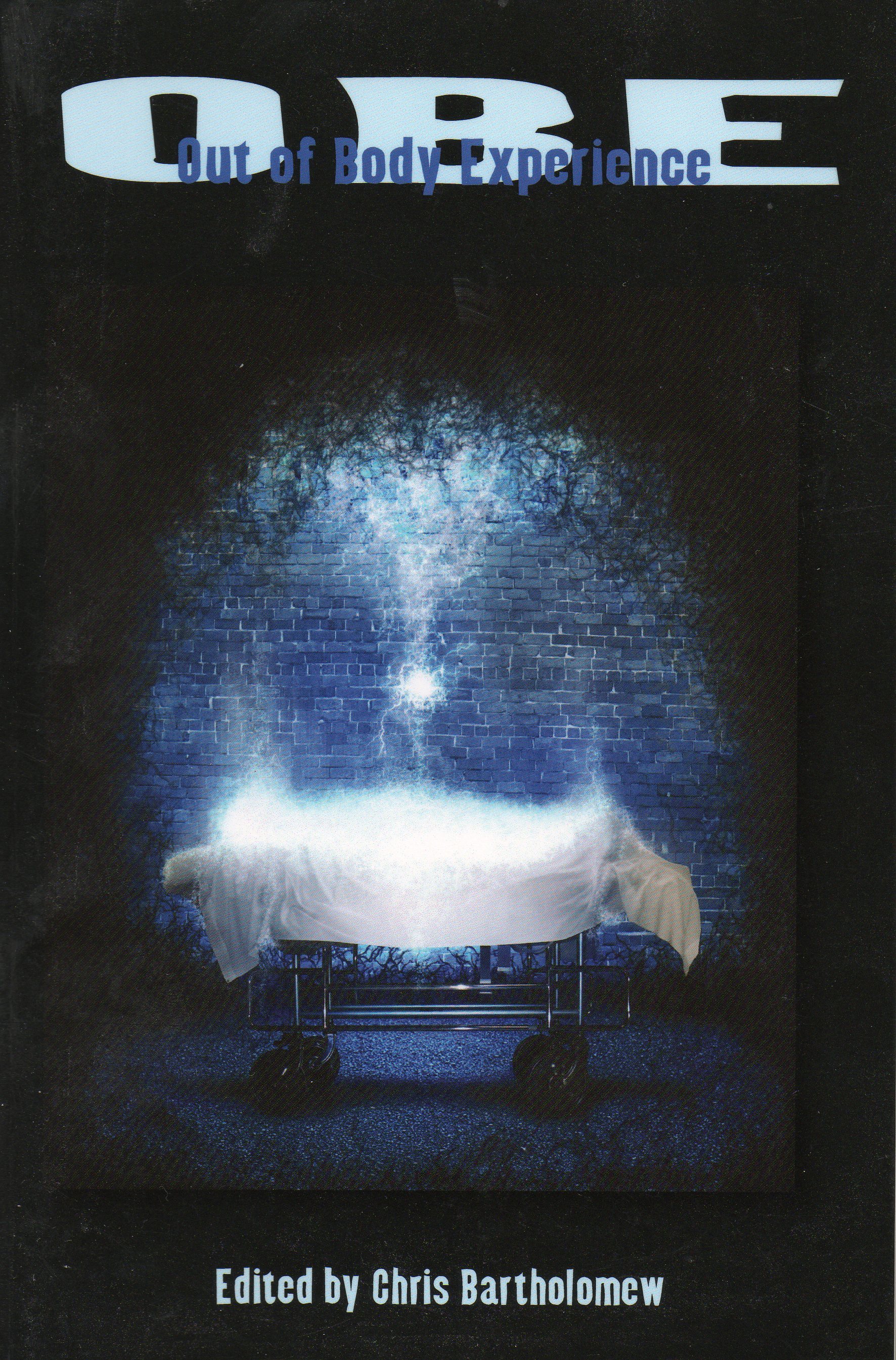The river was running fast again when we returned from Spain, and after a couple of days when the level had reduced slightly, we set off on our boat journey, encountering our first French lock within the first 15 minutes. We had walked up to make the acquaintance of the lock-keeper a couple of evenings before and when he saw the registration number of our car he told us that he had a Spanish grandfather, and spent all his holidays on the Costa Brava.
The first lock went without incident, though for some reason I stayed up on the lockside, in the pouring rain, whilst holding the rope, failing to notice that indeed the “hoop” through which I had secured it was in fact a runner bar running all the way down the lock wall. So I could have stayed on the boat and held the boat steady from within the wheelhouse. But still, you live and learn. And what we also learned was that no two locks are the same!
Within a short space of time we had encountered straight sided locks with runner bars, straight sided locks without and locks with sloping sides that had a floating pontoon (usually just a tiny thing and certainly not enough to accommodate all the boats that might be in the lock). Presumably the second boat into the lock hitches onto the first who has secured to the pontoon, and any others hitch onto the second and so on. Fine locking downstream, but one wonders how stable it is going upstream.
On some of the sloping side locks it’s possible for a long legged person (which certainly isn’t me!) to step out onto the lock side to wrap the rope round the bollard, but on others the slope seems to be less steep and hence the side is further away. Here you are relying on the good nature of the lock keeper to hang around long enough take your rope and hand it back to you. Otherwise, you have to resort to the bits you were taught in training, i.e. the bits you never really mastered and now wished you had…… trying to lasso the bollard. In time I managed to master this, but those first few days I came to the conclusion that I am far too short for this, as I failed to both capture and release the rope with this manoeuvre, not being able to describe a big enough circle with my arm. Neville has helpfully said he will attach some brass stepping plates to the back of the rear cabin so that I can climb up on the roof to get the height I need!
We learned that despite all our training on radio procedures etc, the lock-keepers do not use the jargon. The radio seems to be used simply as a routine telephone. Contact seems to be established by simply calling out the name of the next lock twice, to which the response “j’ecoute” can be heard. Then we simply said “nous sommes plaisance, et nous voudrons descender l’ecluse”. None of this “Dutch barge Desormais calling Cromwell Lock, over” business. And when you’ve finished you simply say “OK” or “d’accord”. Or at least that’s the way we found it when we had to call the lock on the Seine., No doubt like the locks, the protocol will differ with our location.
 We cruised down the Yonne, occasionally sharing a lock with a couple of great peniches or barges, see photo, (which was quite unnerving), stopping at Villeneuve, Sens and Montereau on the first three nights. The Yonne is described as a wide and majestic river, prone to flooding during the spring months, but not a problem whilst we were navigating it, despite some very heavy rain after our arrival. Each town was set on both sides of the river, with impressive bridges and very good tree-lined moorings right in the centre. At Villeneuve we were moored right outside a picturesque hospice, which had a sign outside asking for “quiet” for the residents. So we did have a lovely peaceful night.
We cruised down the Yonne, occasionally sharing a lock with a couple of great peniches or barges, see photo, (which was quite unnerving), stopping at Villeneuve, Sens and Montereau on the first three nights. The Yonne is described as a wide and majestic river, prone to flooding during the spring months, but not a problem whilst we were navigating it, despite some very heavy rain after our arrival. Each town was set on both sides of the river, with impressive bridges and very good tree-lined moorings right in the centre. At Villeneuve we were moored right outside a picturesque hospice, which had a sign outside asking for “quiet” for the residents. So we did have a lovely peaceful night.
 At Sens we met two couples, one couple in a plastic cruiser, the other in a 54ft narrow boat. One couple were moving on but we had a good chat with them, and in the evening drinks with the couple from the cruiser. They also invited an American guy, quite old salty type of mariner, who was a writer, had an unusual habit of talking with his eyes closed, and was devastated because he had just lost his cat, a white female with a black tip to her tail and called “Dipstick”. He was quite a character, but strangely, for a writer, he didn’t seem to have much interest in other people, preferring to launch into an anecdotal, almost pre-rehearsed dialogue. But we both felt very sorry for him. He lived alone in his boat and the only way he could move it from one place to the next was when members of his family visited him so that they could crew for him. It rained heavily on the night before we left, and we hoped that this might persuade the cat (if it had simply gone off on a spring-time jolly) to return home. However, the mooring was quite close to a busy road, and we feared the worst for him.
At Sens we met two couples, one couple in a plastic cruiser, the other in a 54ft narrow boat. One couple were moving on but we had a good chat with them, and in the evening drinks with the couple from the cruiser. They also invited an American guy, quite old salty type of mariner, who was a writer, had an unusual habit of talking with his eyes closed, and was devastated because he had just lost his cat, a white female with a black tip to her tail and called “Dipstick”. He was quite a character, but strangely, for a writer, he didn’t seem to have much interest in other people, preferring to launch into an anecdotal, almost pre-rehearsed dialogue. But we both felt very sorry for him. He lived alone in his boat and the only way he could move it from one place to the next was when members of his family visited him so that they could crew for him. It rained heavily on the night before we left, and we hoped that this might persuade the cat (if it had simply gone off on a spring-time jolly) to return home. However, the mooring was quite close to a busy road, and we feared the worst for him.
 Our stay at Montereu was brief, but enjoyable. This is the site of the confluence of the Seine and the Yonne, and we moored up outside a picturesque building with painted murals depicting the reconstruction of the local chateau. Across the river was a beautiful and very unusual church, which was floodlit at night. We were moored on a floating pontoon, and the next morning (Sunday) got the shock of our life when the lock a couple of kilometres downstream on the Seine jumped into action and discharged five enormous boats, one of them looking very much like sea going craft. The effect of the wash of these monsters, of which one turned down along past our boat to go up the Yonne, and the other four going straight on up the Seine, caused our boat to rock so violently that it snapped the rope on one of our fenders and it followed the boat up the Yonne. The tiny plastic craft behind us was bucking like a crazy horse, and I hope the people were up, or I think they might have been pitched out of their beds.
Our stay at Montereu was brief, but enjoyable. This is the site of the confluence of the Seine and the Yonne, and we moored up outside a picturesque building with painted murals depicting the reconstruction of the local chateau. Across the river was a beautiful and very unusual church, which was floodlit at night. We were moored on a floating pontoon, and the next morning (Sunday) got the shock of our life when the lock a couple of kilometres downstream on the Seine jumped into action and discharged five enormous boats, one of them looking very much like sea going craft. The effect of the wash of these monsters, of which one turned down along past our boat to go up the Yonne, and the other four going straight on up the Seine, caused our boat to rock so violently that it snapped the rope on one of our fenders and it followed the boat up the Yonne. The tiny plastic craft behind us was bucking like a crazy horse, and I hope the people were up, or I think they might have been pitched out of their beds.
We had moored next but one to the couple we had met at Sens, so we talked to them for a while before wandering into the town to buy our staple diet….French bread and wine. Another couple came along (all British by the way) and they were really interesting and had some great tales to tell. They had a small narrowboat, and had brought it across to Holland by lorry. But by some misunderstanding of the language (they must have been using a foreign haulier) the boat was launched into the sea instead of into the canal. So they had to negotiate the docks at Antwerp in a tiny narrowboat, surrounded by gigantic steamers and tankers. A great start to their adventure, so great that the guy said his wife nearly made him turn round and go home.
What struck me about all these people was how relaxed they all were, and what interesting people they were too.
So mid morning we set off down the Seine, pre-warned that traffic was dense on this stretch of the river. As it happened we met nothing, and enjoyed a pleasant and leisurely cruise down to St Mammes where we turned left and waited for our first canal type lock to empty, to take us up on to the Canal du Loing to our overnight stop at Moret sur Loign. The lock was operated by a lock-keeper, whose responsibility extended to opening and closing the gates, and opening and closing the paddles. Nothing more than that. So I had to do my first climb out of the lock using the slimy ladder provided for the purpose so that I could take the ropes. Good to be back on familiar territory! NOT!











Fascinating technical stuff – a timely reminder that operating a barge can be tricky as well as hazardous. Also a reminder of the rewards -people and places. Yes, I’ve noticed the habit some elderly gents have of talking with their eyes closed. As you note, it’s because they aren’t really interested in who they are talking to. Sometimes it’s a way round the embarrassment of eye contanct or maybe an aid to concentration – as in listening to music.
LikeLike
Hello bonjour! I’m bent on reading your whole story on the canals and rivers of France from the beginning to the end (in that order!). I once was crewing yachts in the south Pacific and your story is kind of familiar… Loved your first entry! 🙂
LikeLike
Bonjour! 🙂 I hope you enjoy reading as much as I enjoyed living the dream and writing about it. Have a good Christmas.
LikeLiked by 1 person
Your trip so far brings back many memories of our own first boating adventure along the same route nine years ago. I can re-live jousting with my gaff and our cushions, lost overboard at Villeneuve, whilst directing my husband at the helm, quite like the picador.
At Sens more seriously we were cut adrift whilst asleep in bed, saved by the loud snap of the electricity cable and quick reactions.
Moret is a beautiful spot we have returned to time and again like the artist Sisley, celebrated locally for his impressionist paintings of the water and landscape . I have a rendered copy my cousin bought for me during her stay on our boat there and where we have also entertained our daughter with memorable ice creams, paddling and firework display (she was only 35!}
It took nine summers for us to explore the idyllic French waterways in our modest but comfortable plastic boat, but as ever there’s nothing to quench the thirst of a man with a boat.
We have just acquired a new one, still plastic but a bit bigger and better. Having cruised all the way down the Rhone , the Captain wanted to be able to get back up! We are now tasked with returning to France, having purchased a boat in England.
The air draft on this new boat is reportedly 9 feet 10 inches. I wondered if you or anyone, might remember better than us if there are bridges that would hinder our descent to the Rhone from Migennes and therefore , if it is possible, which might be the best canal route.
LikeLike
Thanks for sharing your memories of that route. And that isn’t the first time I’ve heard of people being set adrift at Sens, though thankfully we had a relatively peaceful stay there. It’s such a long time now since we covered that route from Migennes to the Saone and then on to the Rhone. I think the best route is the one that suits your needs, either for speed or for a leisurely scenic journey. I know we took the scenic route to St Jean de Losne on our first summer, (as detailed on this site) so we could see as much as possible before leaving for the Midi. As for bridges, well I think you’d need to check with the guides – I certainly don’t remember any problems with our air draft until we actually got to the Midi, where we had to be more careful, especially when the water levels were higher. I hope someone else might be able to offer more recent information, as this particular route seems a long time ago to me now. I’m seeing reports that the Canal du Centre is going to be closed imminently, due to lack of water (yet again), so I wouldn’t factor that into your journey. I hope you enjoy your new boat, and have the happiest cruising on your new adventure.
LikeLike